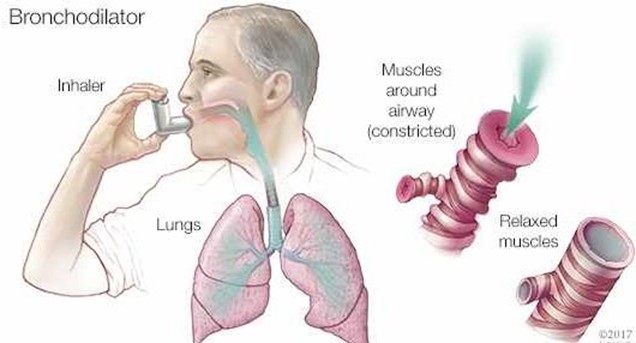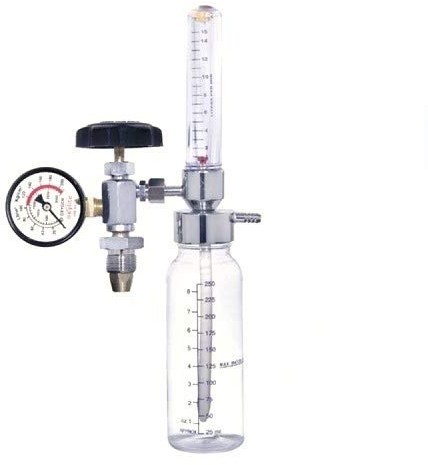A nurse is providing dietary teaching for a client who has chronic obstructive pulmonary disease. Which of the following instructions should the nurse include?
"Use a bronchodilator 1 hour before eating."
"Eat 3 large meals each day."
"Limit water intake with meals."
"Reduce protein intake."
None
None
The Correct Answer is A
Using a bronchodilator 1 hour before eating can help reduce dyspnea and improve appetite for a client who has COPD. It can also facilitate oxygen delivery to the tissues and prevent hypoxia.
b) Eating 3 large meals each day is not recommended for a client who has COPD, as it can cause abdominal distension and increase pressure on the diaphragm, leading to dyspnea and fatigue. A better option is to eat 5 to 6 small meals throughout the day.
c) Limiting water intake with meals is not advisable for a client who has COPD, as it can cause dehydration and increase the viscosity of secretions, making them harder to expectorate. A better option is to drink at least 2 L of fluids per day, preferably between meals.
d) Reducing protein intake is not beneficial for a client who has COPD, as protein is essential for maintaining muscle mass and strength, especially of the respiratory muscles. A better option is to increase protein intake to at least 1.2 g/kg of body weight per day.

Nursing Test Bank
Naxlex Comprehensive Predictor Exams
Related Questions
Correct Answer is ["0.8"]
Explanation
To calculate the amount of mL to administer, the nurse should use the following formula:
(mg ordered / mg available) x mL available = mL to administer
Substituting the values from the question, the nurse should do the following:
(100 mg / 250 mg) x 2 mL = 0.8 mL

Correct Answer is B
Explanation
A humidifier bottle adds moisture to the oxygen, which prevents drying and irritation of the nasal mucosa
and enhances gas exchange.
a. Remove the nasal cannula while the client eats. This is not advisable, as the client may become hypoxic during eating, especially if they have pneumonia and impaired lung function. The nurse should monitor the client's oxygen saturation and respiratory status during meals and adjust the oxygen delivery device as needed.
c. Secure the oxygen tubing to the bed sheet near the client's head. This is not safe, as it can cause entanglement, dislodgement, or kinking of the tubing, which can compromise oxygen delivery and cause injury to the client.
d. Apply petroleum jelly to the nares as needed to soothe mucous membranes. This is not recommended, as petroleum products can ignite in the presence of oxygen and cause burns or fire. A water-based lubricant should be used instead.

Whether you are a student looking to ace your exams or a practicing nurse seeking to enhance your expertise , our nursing education contents will empower you with the confidence and competence to make a difference in the lives of patients and become a respected leader in the healthcare field.
Visit Naxlex, invest in your future and unlock endless possibilities with our unparalleled nursing education contents today
Report Wrong Answer on the Current Question
Do you disagree with the answer? If yes, what is your expected answer? Explain.
Kindly be descriptive with the issue you are facing.
